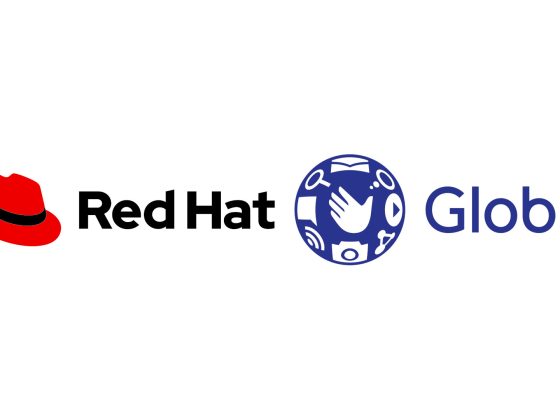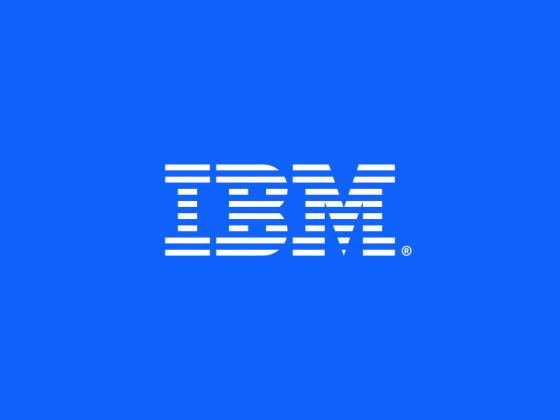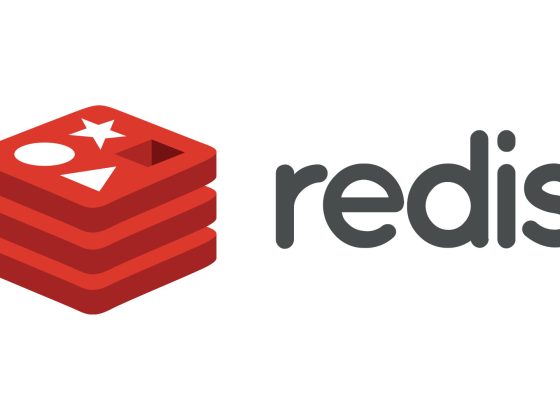At Google Cloud, we believe that effective integration of public cloud capabilities is fundamental to an enterprise’s digital transformation journey. A well-designed digital transformation strategy should do much more than keep you competitive… instead, it should position you to excel by untethering IT staff from low value, labor-intensive tasks, allowing them to focus on innovation and high-impact projects.
In most cases migration to cloud is the first step to digital transformation because it offers a quick, simple path to cost savings and enhanced flexibility. In this article we’ll focus on migration of on-premise or public cloud hosted infrastructure into Google Cloud.
From our partners:
Honestly, there is no single right answer when embarking on digital transformation and planning a corresponding migration strategy. Every transformation will have its own nuances and unique considerations. It’s about understanding the pros and cons of the options and making the decisions accordingly.
Where to begin?
Understanding your starting point is essential to planning and executing a successful application migration strategy. Take a comprehensive approach, including not only technical requirements, but also consideration of your business goals (both present and future), any critical timelines, and your own internal capabilities. Depending on your situation you might fall in any of the below categories as it relates to time-to-value. There is no one size fits all approach to migration but the key here is to know that whichever path you choose, there is always a way to build on top of that and continue to take more advantages of the cloud in an incremental fashion.
Should you migrate to Google Cloud?
To determine whether your application can and should migrate to cloud, begin by asking yourself the following questions:
- Are the components of my application stack virtualized or virtualizable?
- Can my application stack run in a cloud environment while still supporting any and all licensing, security, privacy, and compliance requirements?
- Can all application dependencies (e.g. 3rd party languages, frameworks, libraries, etc.) be supported in the cloud?
If the answer is “no” for any of the above questions, it is recommended to evaluate whether it is feasible to replace those application components with a cloud offering. If not, it is recommended to leave those components on-premises during the initial phase of your digital transformation, while you focus on the migration of your other application components.
If retention on-premises is no longer viable (e.g. if you must completely shut down your datacenter) or if you want to increase proximity to cloud resources, then taking advantage of Google Cloud’s Bare Metal Solution, or shifting to a colocation facility (colo) adjacent to the appropriate cloud region are recommended alternatives.
Which migration path is right for you?
As you embark on your transformation journey, we recommend considering five key types of migration to Google Cloud:
- Migrating to Google Cloud managed services
- Migrating to containers on Google Kubernetes Engine (GKE) or Anthos
- Migrating to VMs (“Lift and Shift”) on GCE (Google Compute Engine)
- Migrating to Google Cloud VMware Engine
- Migrating to the Google Cloud Bare Metal Solution
Here are some example scenarios:
If you are dealing with aggressive timelines “lift and shift” might be a good choice to gain immediate infrastructure modernization via relocation to cloud. And you can follow up with additional modernization at a later time.
If you seek to take immediate advantages from moving to cloud but are still under a constrained time and skills then “lift and optimize” is a great choice. Using compute virtual machines or VMware engine in the cloud you use the same virtualized familiar environment but can now take advantage of cloud elasticity and scale.
If you are seeking to immediately leverage the full benefits of cloud (e.g. elasticity, scale, managed services), it may be most efficient to modernize more aggressively (e.g. by adopting container technology) in conjunction with migration. “Move and improve” and “refactoring” are great fit in this situation but know that it will take a bit longer to execute this strategy due to some changes required in the current apps to make them container friendly and/or severless.
The following decision tree will help you decide which path is right for your application.
Common use cases
Use case 1: Hybrid Cloud Burst
- Set up the connectivity between on-premise and cloud using the cloud interconnect.
- Create a cloud landing zone, this includes creating the project and the resources such as Google Compute Engine (GCE), Google Kubernetes Engine (GKE), Google Cloud VMware Engine (GCVE) or Anthos.
- Then lift and shift or lift and optimize from on-premise to cloud in the appropriate resource.
- At this point you are ready to send the traffic bursts or excess traffic to Google Cloud to lower the stress on the existing data center.
Use case 2: Modernize with Anthos
- Establish network connectivity to GCP using cloud interconnect.
- Create cloud landing zone.
- Then, Lift-&-Shift Workloads to free up capacity on-prem.
- Build Anthos on-prem landing zone.
- Then, modernize Apps both on-prem and in the cloud.
Use case 3: Land, Expand, Retire
- Establish network connectivity to GCP using cloud interconnect.
- Create cloud landing zone.
- Then, migrate all workloads.
- Finally, retire Data Center once complete. Iterate through hardware retirement as needed.
Use case 4: DR Site promotion
- Establish network connectivity to GCP using cloud interconnect.
- Create cloud landing zone.
- You are then ready to duplicate all workloads in Cloud.
- Then, swap user connectivity to Cloud as PRIMARY.
- Finally, retire co-lo all at once.
Conclusion
Whether you are starting or in the middle of your digital transformation journey, Google Cloud meets you wherever you are and makes it easy for you to move towards a more flexible and agile infrastructure. Hopefully these steps act as a starting point in your journey and make your digital transformation journey easier.
Here is an entire video series on Cloud Migration that walks you through how to get started.
For more resources on migration checkout this whitepaper and this solution guide.
For more #GCPSketchnote and similar cloud content follow me on twitter @pvergadia and keep an eye out on thecloudgirl.dev
For enquiries, product placements, sponsorships, and collaborations, connect with us at [email protected]. We'd love to hear from you!
Our humans need coffee too! Your support is highly appreciated, thank you!














